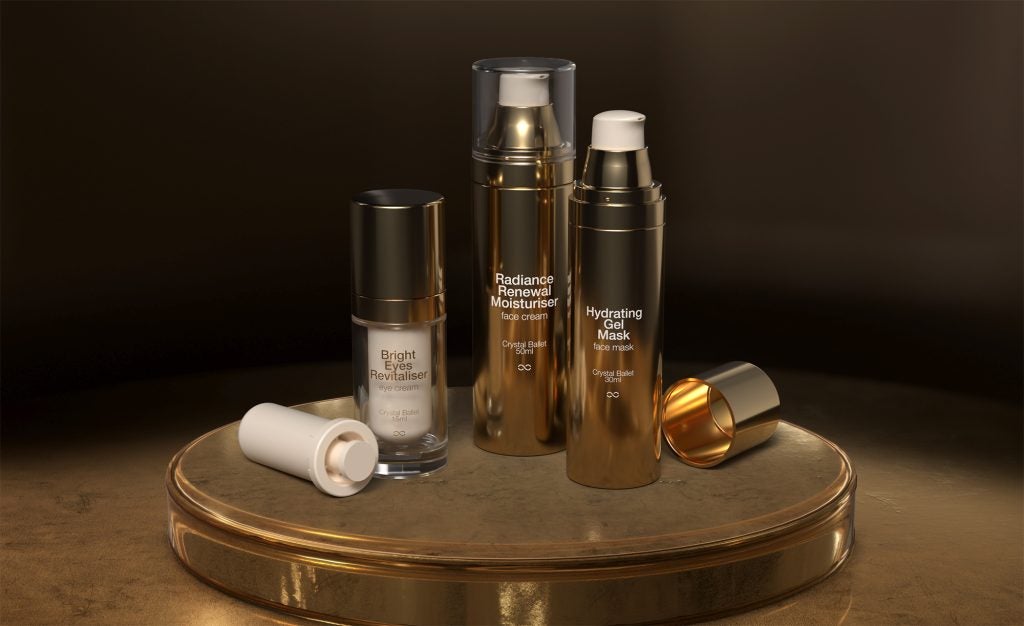O-I Glass has been granted a patent for a method of fining low-density submerged combustion glass. The process involves introducing unfined molten glass into a fining tank, adding additive particles with glass reactant material and fining agents, and discharging fined glass with reduced gas bubbles. GlobalData’s report on O-I Glass gives a 360-degree view of the company including its patenting strategy. Buy the report here.
According to GlobalData’s company profile on O-I Glass, Extrusion-based additive manufacturing was a key innovation area identified from patents. O-I Glass's grant share as of February 2024 was 74%. Grant share is based on the ratio of number of grants to total number of patents.
Method of fining low-density submerged combustion glass
A recently granted patent (Publication Number: US11919799B2) discloses a method for fining low-density submerged combustion glass. The method involves providing a fining tank with a housing defining a fining chamber, introducing unfined molten glass and additive particles into the fining chamber, and discharging fined molten glass with reduced gas bubbles. The additive particles contain fining agents like sodium sulfate or carbon, along with glass reactant materials such as crystalline SiO2, Na2CO3, or CaCO3. The fining tank includes partition walls to create different zones for glass processing, and heat emitting devices to maintain the molten glass bath's temperature.
Furthermore, the patent details the production of unfined soda-lime-silica glass with specific chemical compositions in a submerged combustion melter, which is then combined with additive particles in the fining tank to achieve a refined glass product. The method aims to reduce the volume percentage of gas bubbles in the fined molten glass compared to the unfined material. The additive particles are created by mixing glass reactant materials and fining agents, forming a slurry, compacting it, and then breaking it into particles. The fining tank design ensures efficient processing of the molten glass, with the inclusion of submerged passageways and distinct zones for glass receiving, fining, and delivery. Heat emitting devices within the tank help in maintaining the optimal temperature for the fining process, resulting in a high-quality low-density submerged combustion glass product.
To know more about GlobalData’s detailed insights on O-I Glass, buy the report here.
Premium Insights
From

The gold standard of business intelligence.
Blending expert knowledge with cutting-edge technology, GlobalData’s unrivalled proprietary data will enable you to decode what’s happening in your market. You can make better informed decisions and gain a future-proof advantage over your competitors.







